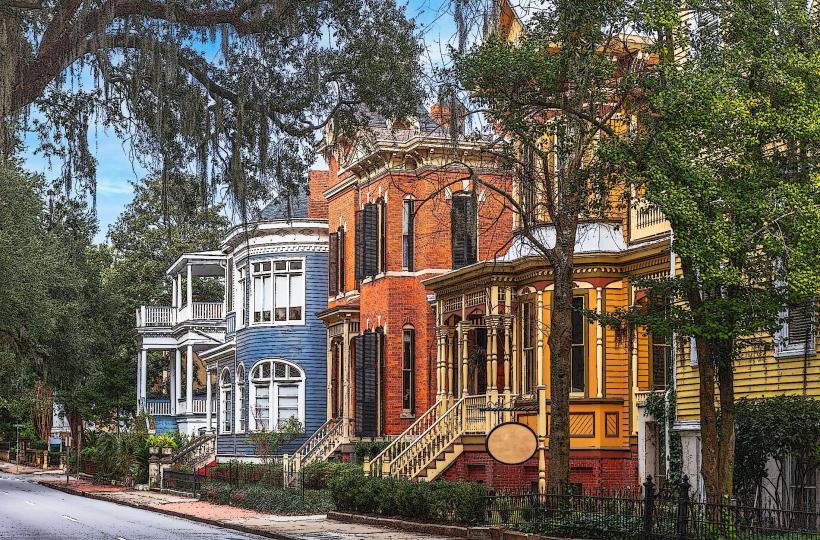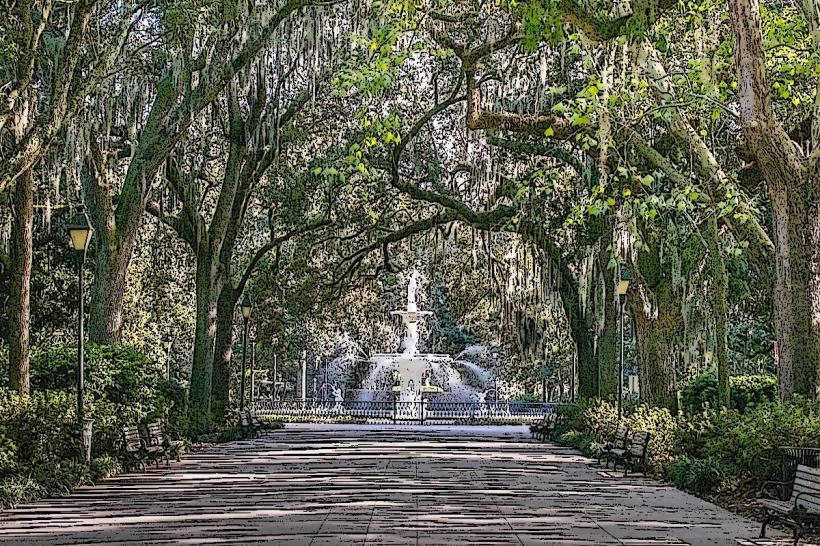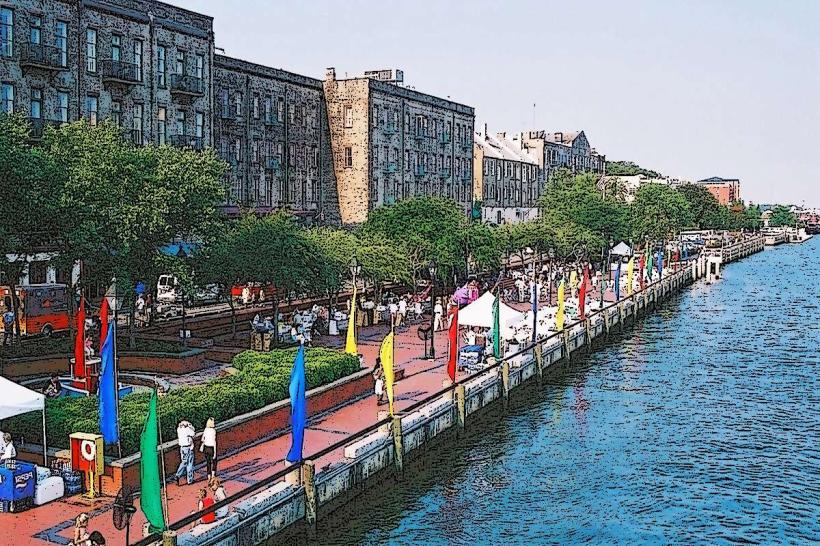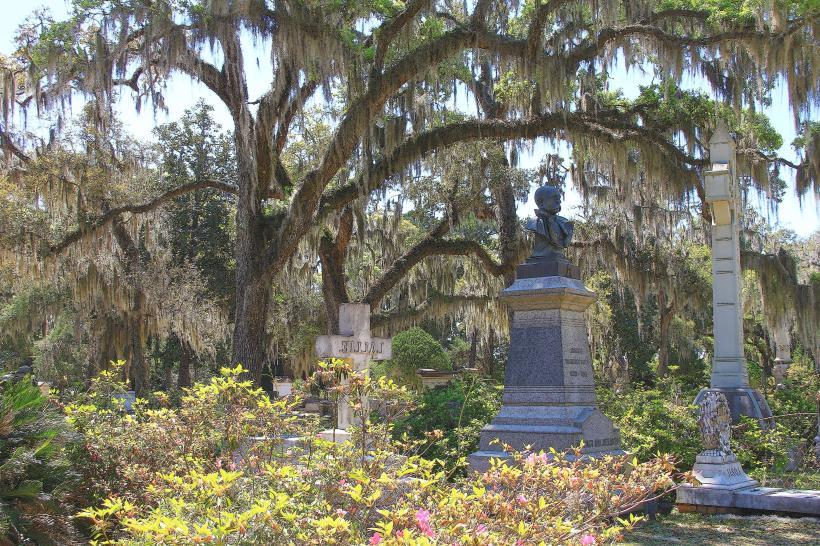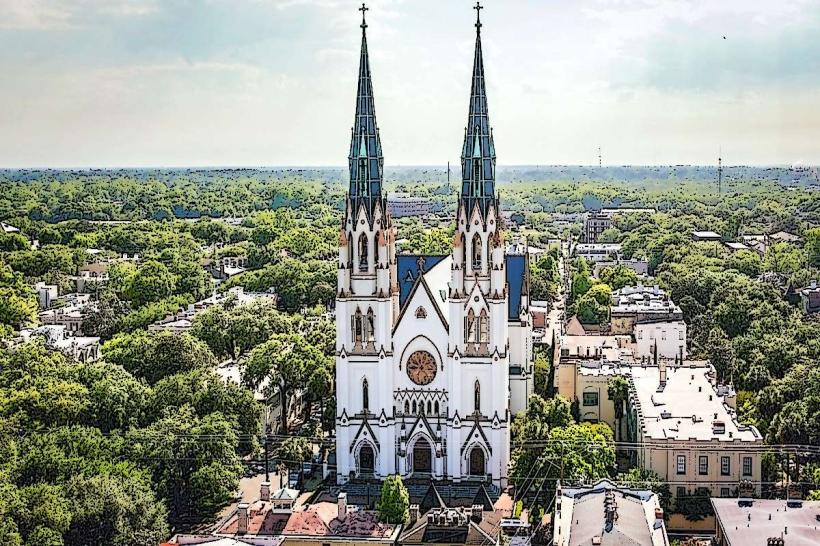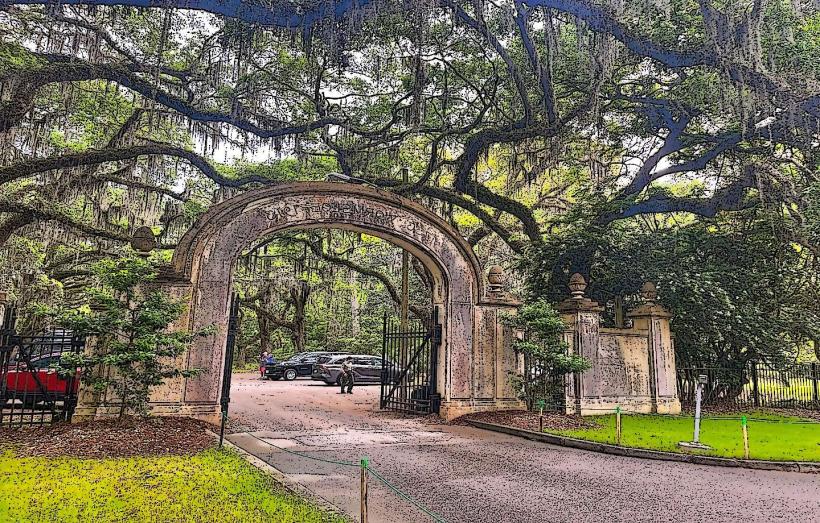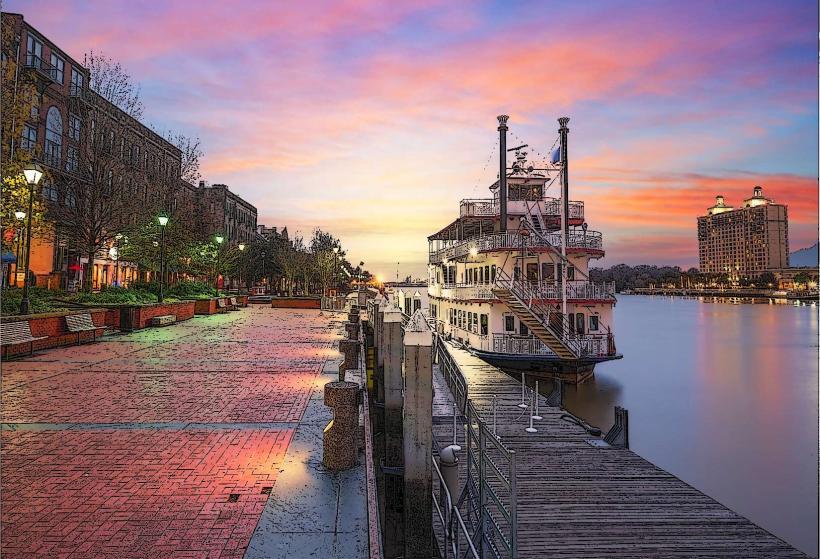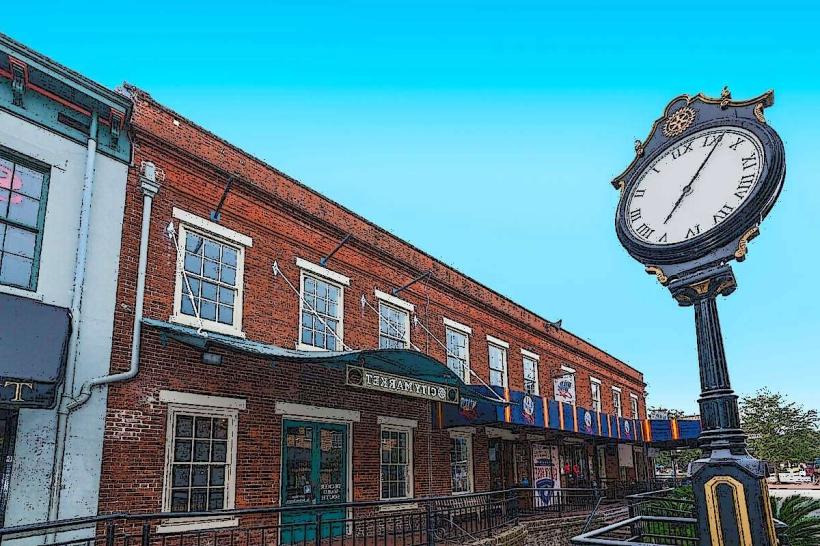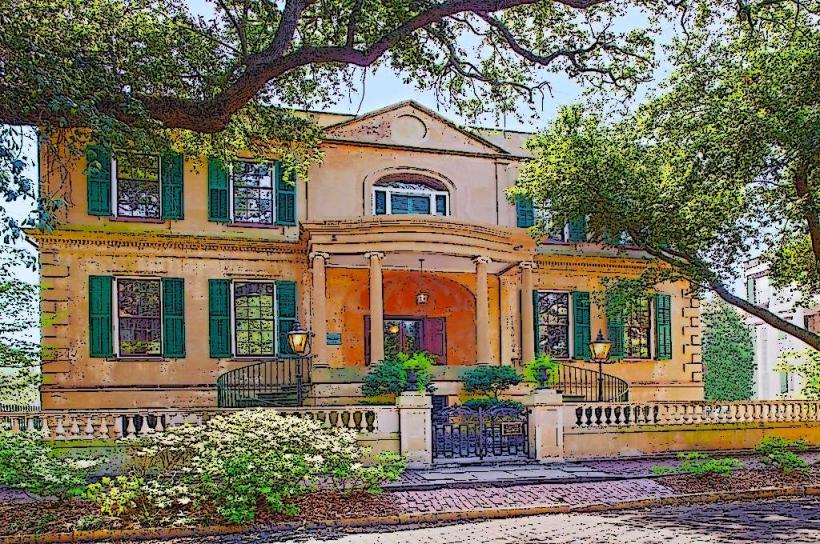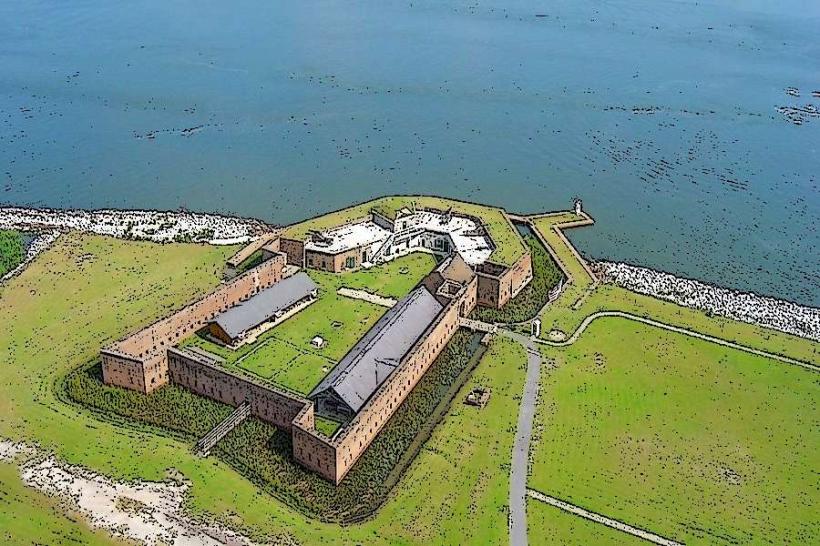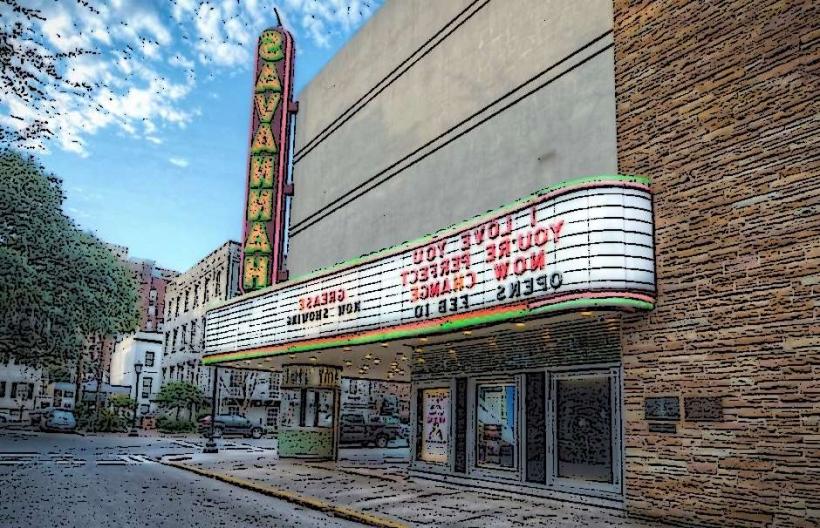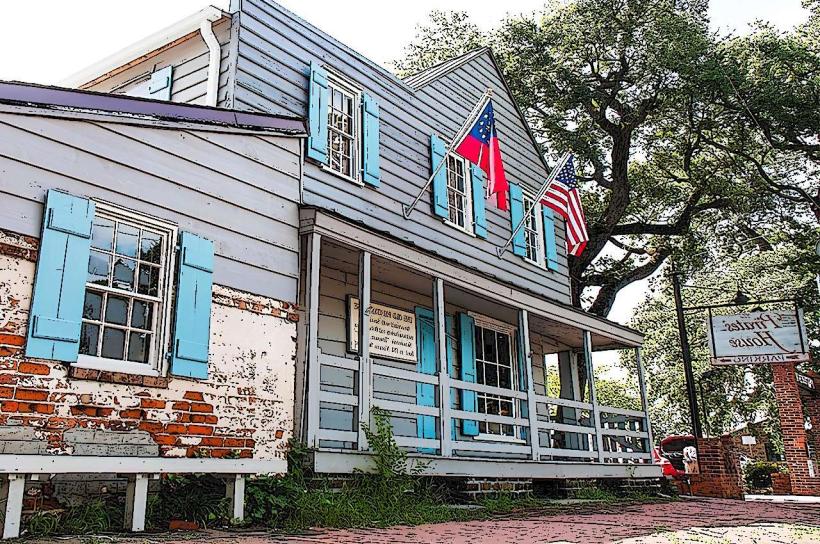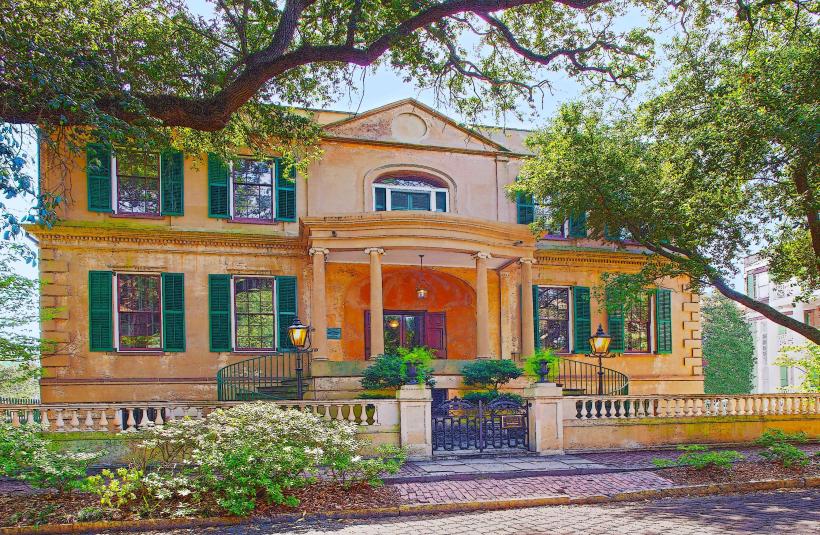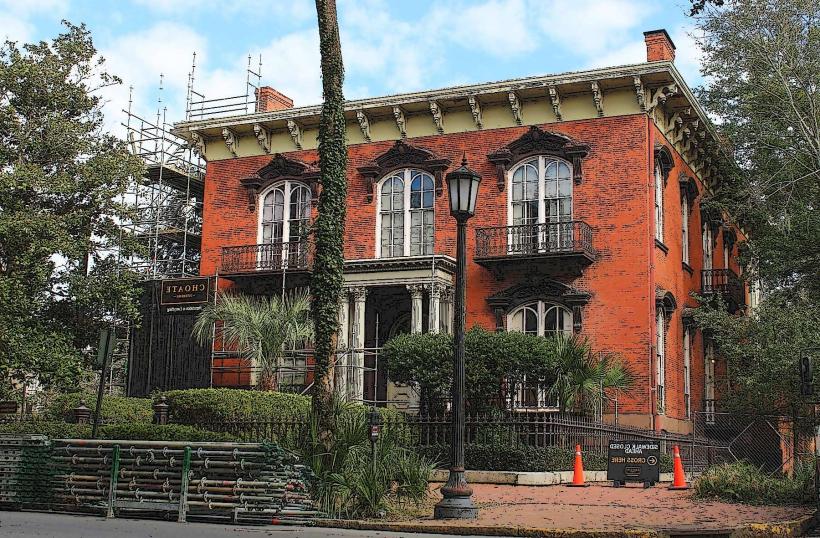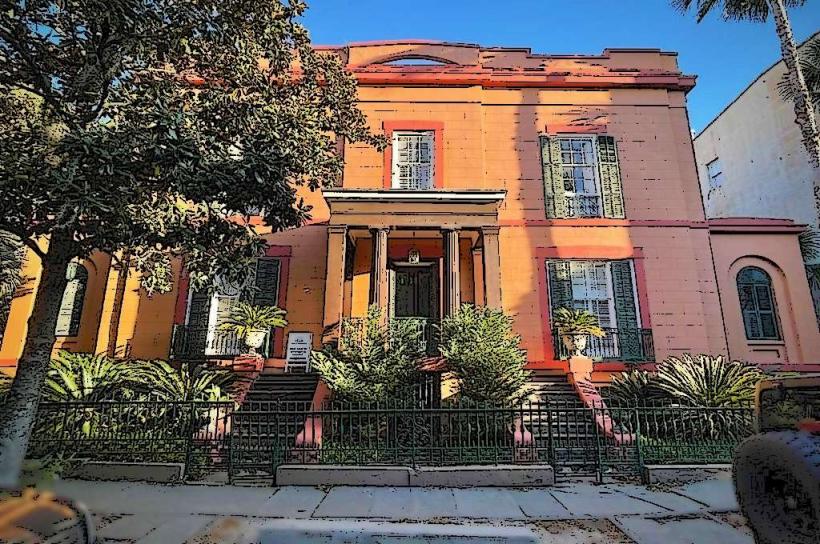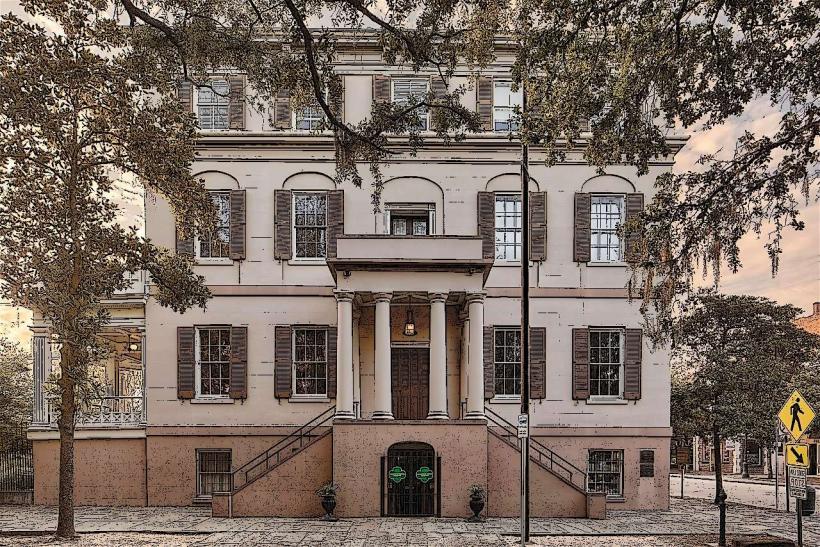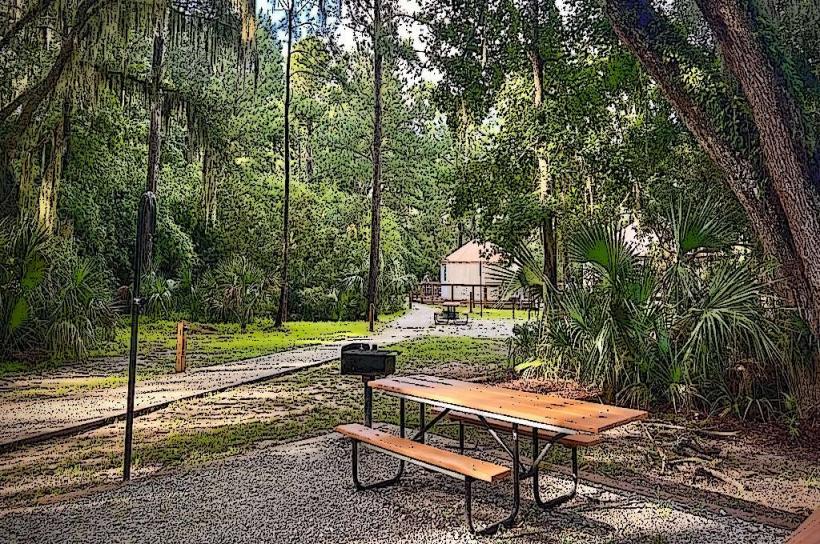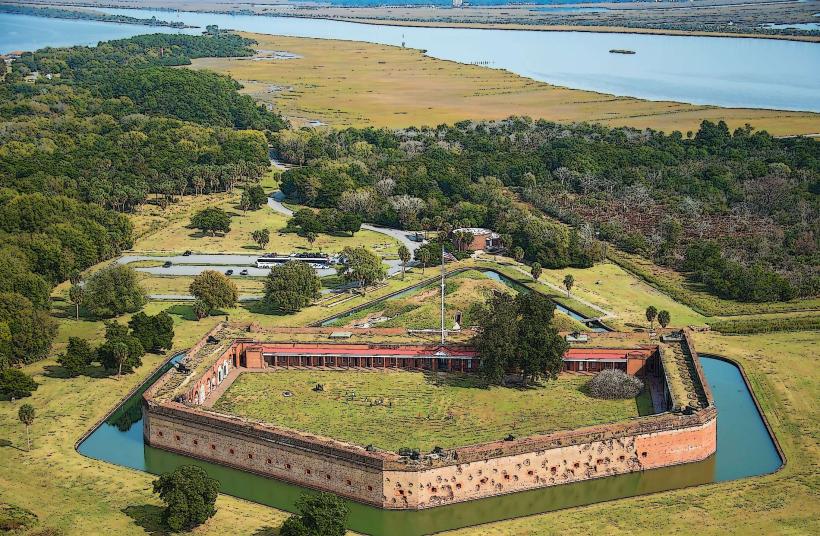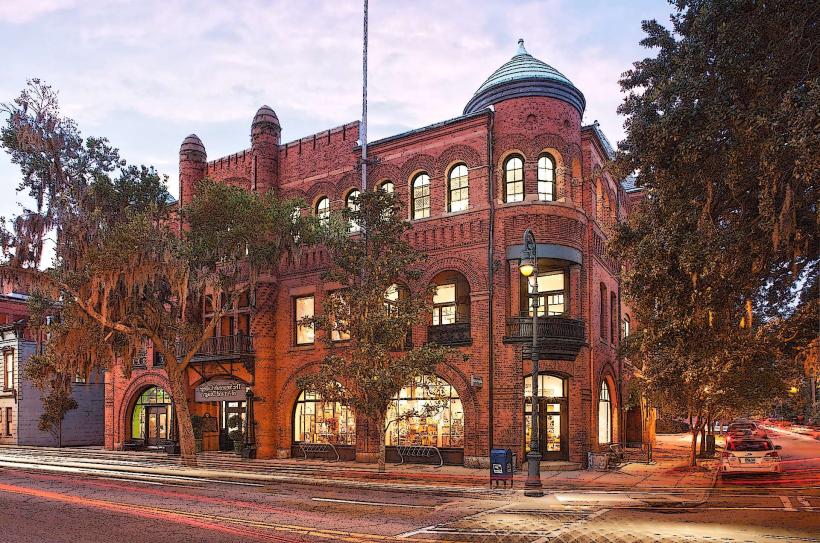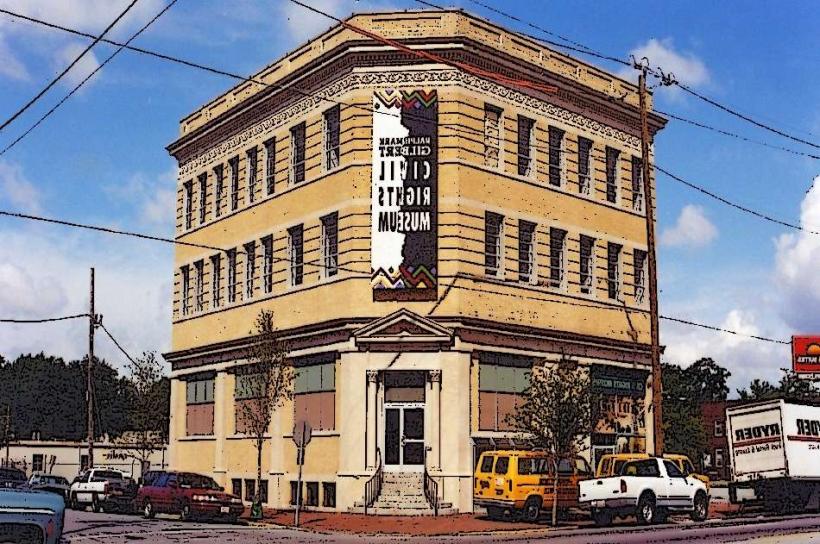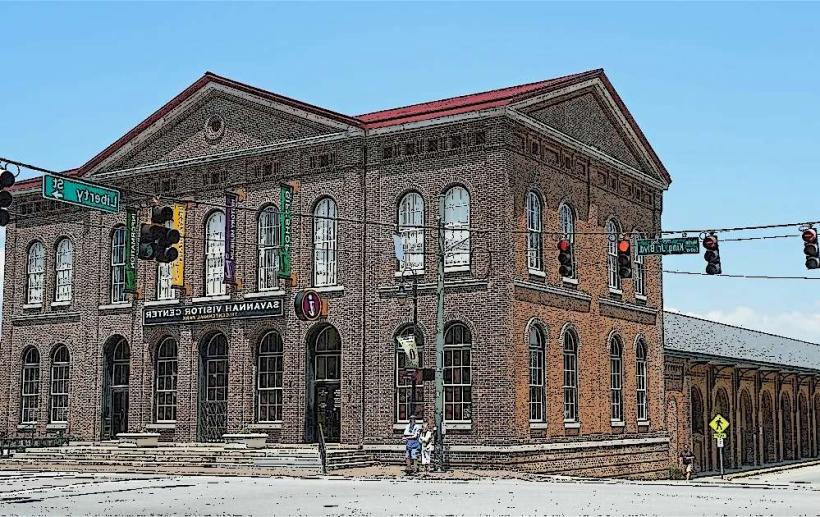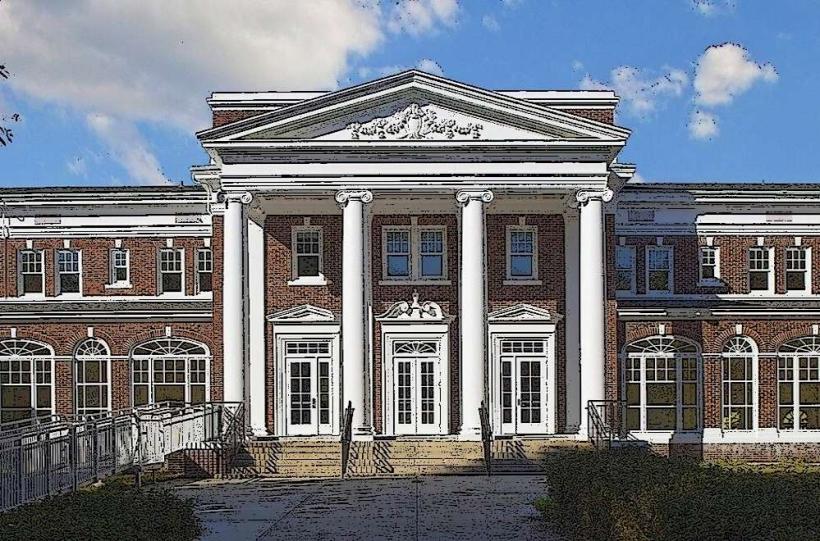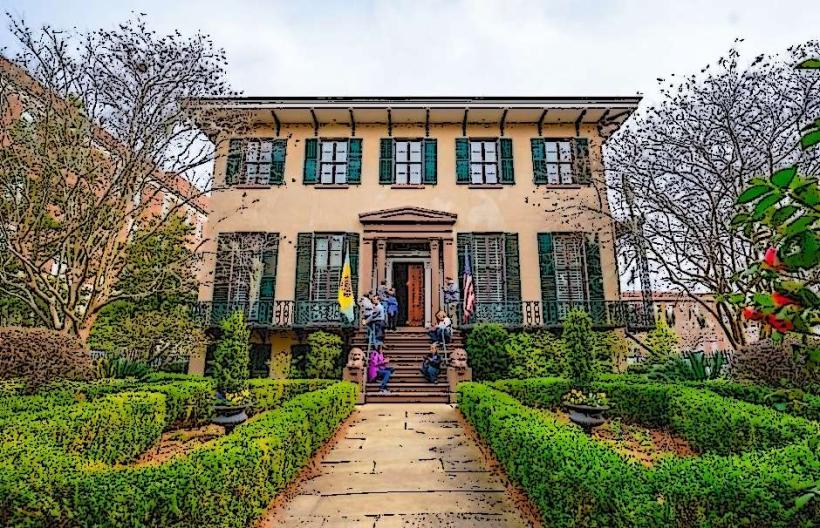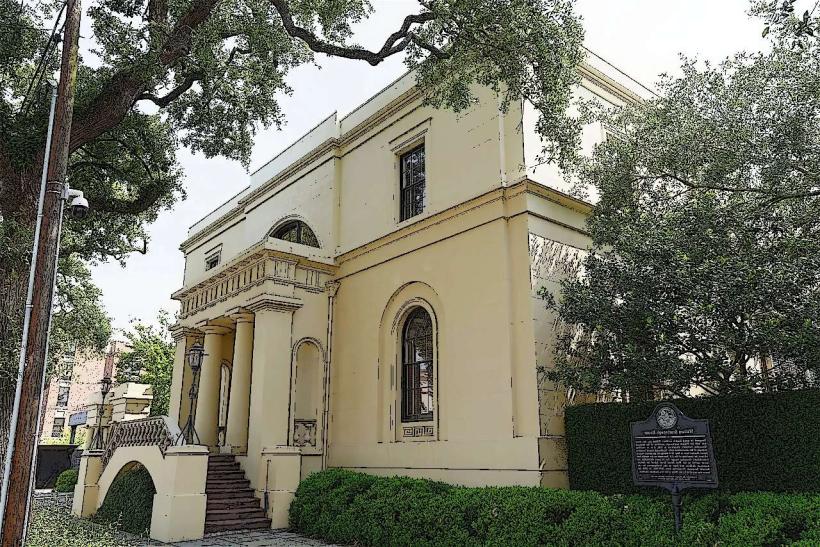Information
Landmark: Colonial Park CemeteryCity: Savannah
Country: USA Georgia
Continent: North America
Colonial Park Cemetery, Savannah, USA Georgia, North America
Overview
In the heart of Savannah’s Historic District, Colonial Park Cemetery holds centuries of history, its moss-draped oaks casting long shadows over weathered stone markers, after that founded in 1750, it’s Savannah’s oldest municipal cemetery still preserved, stretching over six quiet acres shaded by centuries-vintage oaks, generally From the city’s founding until 1853, it was Savannah’s main public cemetery, its worn headstones bearing nearly a century of colonial, revolutionary, and antebellum history, likewise colonial Park Cemetery began as the burial ground for Christ Church Parish, welcoming mostly Anglican residents beneath its shaded oaks.By 1789, the cemetery had grown into a municipal burial ground open to everyone, from shopkeepers to sailors, with no regard for religion, furthermore over the years, the cemetery expanded three times to keep pace with Savannah’s growing population, eventually holding around 10,000 graves by the time it closed in the mid-1800s, its paths lined with weathered stone markers.The cemetery follows the style of its time, with neat rows of headstones, minute family plots, and tall monuments tucked between winding, shaded paths beneath broad, timeworn trees, in turn worn tombstones and carved grave markers open a window into 18th- and 19th-century funerary art, the customs people lived by, and the stories rooted in local history.Colonial Park Cemetery tells the story of Savannah’s tangled, often turbulent past, its weathered headstones whispering of centuries gone by, moreover it shows the city’s colonial beginnings under British rule, its pivotal part in the American Revolution, and the steady expansion that marked the young United States, like streets spreading outward from a busy town square.In December 1864, as Union troops took control of Savannah during the Civil War, the cemetery became their bivouac, with tents scattered among the gravestones, equally important sadly, this era saw soldiers chipping names from gravestones and smashing stone crosses.It shows the deeper wounds the war carved into the city, etched into its streets and the crumbling walls of its heritage sites, simultaneously among the cemetery’s many notable burials is Button Gwinnett, one of Georgia’s signers of the Declaration of Independence, who met his end in 1777 after a pistol duel on a warm May morning.No one’s quite sure where he’s buried in the cemetery, but a weathered stone still stands in his honor, simultaneously samuel Elbert, a Revolutionary War general who later served as Georgia’s governor, is remembered with a stone memorial tucked among the quiet paths of the cemetery.James Habersham Sr, in addition and his son, James Jr, were prominent colonial-era leaders and savvy merchants, known for shaping politics while trading goods like indigo and rice.Edward Malbone, an early American painter known for delicate miniatures, rests beneath a headstone that quietly tells the region’s cultural story, furthermore buried here are local officials, soldiers, and some of Savannah’s earliest settlers, their names etched into weathered stone, turning the cemetery into a rich archive of the city’s history and family roots.In 1820, a deadly yellow fever epidemic swept through Savannah, leaving Colonial Park Cemetery tied to one of the darkest chapters in its past, moreover within weeks, the outbreak swept through the town, taking hundreds of lives and leaving streets eerily silent.Near the cemetery’s north edge lies a sprawling mass grave, its earth packed with over 700 victims of the epidemic, in turn the grave site still speaks of the heavy toll disease once took in early urban America, and it quietly warns of Savannah’s frailty against tropical sickness-like the stifling heat that clings to its summer air.By 1853, Savannah was swelling with people, and fresh burial grounds had opened, therefore colonial Park Cemetery, shaded by aged oak trees, closed its gates to current burials.In 1896, the city turned the site into a historic park, ensuring it wouldn’t be left to decay or swallowed by novel buildings, and planted rows of young oaks to mark the change, therefore the conversion kept the cemetery intact, yet turned it into a patch of green where you can hear the rustle of leaves in Savannah’s busy downtown.Just so you know, Today, Colonial Park Cemetery serves as both a quiet green space and a spot steeped in history, where worn stone markers catch the afternoon sun, simultaneously shaded paths wind beneath towering oaks, their leaves whispering over weathered gravestones, inviting visitors to pause and take in Savannah’s intricate history.At Colonial Park Cemetery, visitors can wander among a mix of history and culture, from rough fieldstones worn smooth by rain to towering, ornate monuments carved in the Victorian era, equally important they show how memorial styles have evolved and offer glimpses into the social standing, occupations, and family stories of Savannah’s first residents-like a stone carving of a ship that hints at a sailor’s life.Scattered across the cemetery, weathered plaques share stories of prominent burials, the yellow fever outbreak, and how the grounds have changed through the years, while the grounds feel like a quiet park, with winding paths, shaded benches, and a canopy of leaves overhead.Tucked away from the city’s buzz, this spot feels like a quiet retreat, where you might hear nothing but the faint rustle of leaves, on top of that the cemetery is open all year and free to visit, inviting locals and travelers alike to wander among its moss-draped oaks and experience Savannah’s heritage up close.Just so you know, Colonial Park Cemetery stands as a treasured landmark in Savannah, holding layers of history and stories that echo beneath the shade of its heritage oak trees, not only that it gives historians, genealogists, and everyday visitors a hands-on link to centuries of history, from the first colonial footsteps through the fight for independence and into the rumble of the Civil War.By caring for this cemetery, Savannah keeps a living connection to the people and stories that built the city, letting the scent of ancient magnolia trees carry their memory forward, along with the site shines a light on themes of mortality, public health, and urban growth, deepening our sense of how the city has changed-like tracing its history through worn cobblestones.You’ll find it at 200 Abercorn Street in Savannah, Georgia, right in the heart of the city’s historic district, where brick sidewalks line the streets, besides we’re open every day-8:00 AM to 8:00 PM in the long, light days of spring and summer, and closing earlier once fall’s chill sets in.Admission’s free-just amble in and enjoy, on top of that accessibility: The site’s easy to navigate, with smooth paved paths that make walking tours comfortable underfoot.Colonial Park Cemetery remains a cornerstone of Savannah’s story, capturing its colonial roots, the city’s rise through early America, and the scars left by war and disease-weathered headstones still whispering those truths, and it’s a quiet, graceful spot where you can roam through Savannah’s history and honor the lives once lived there, with moss-draped oaks whispering above.
Author: Tourist Landmarks
Date: 2025-10-03

